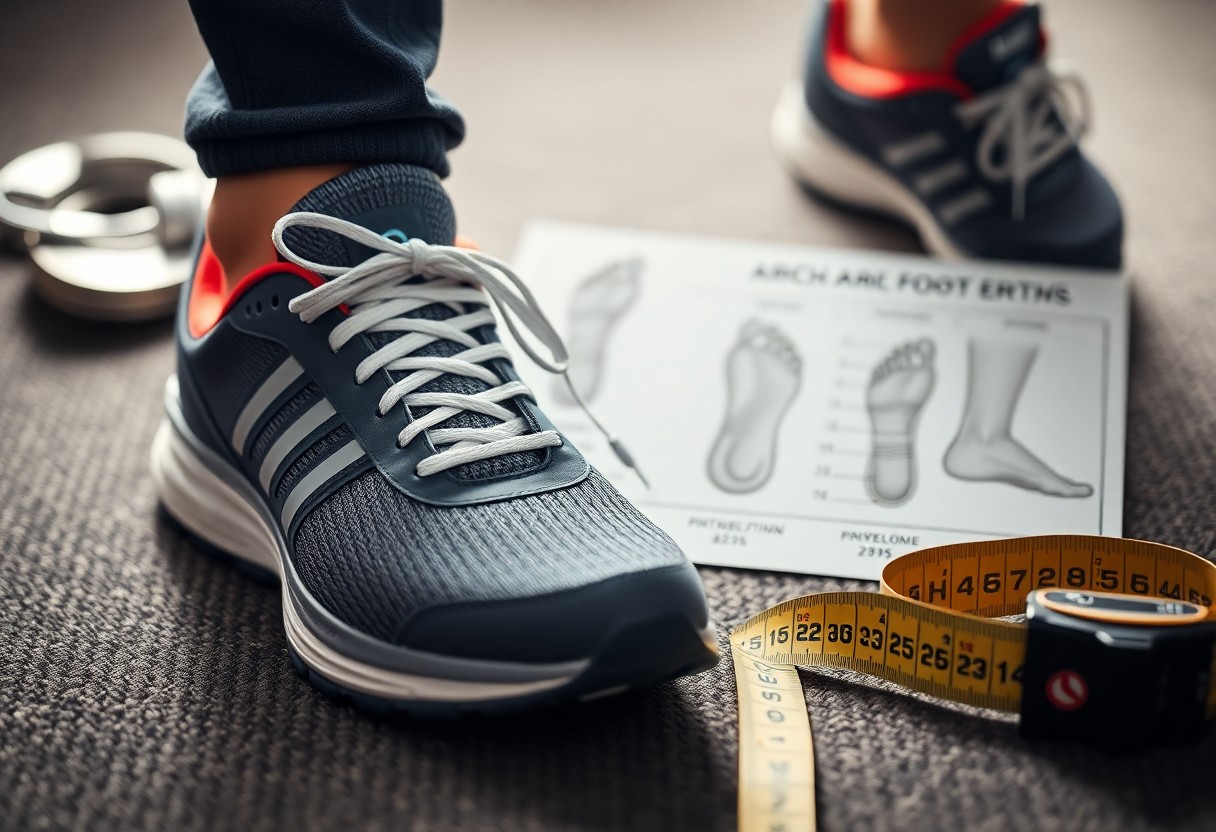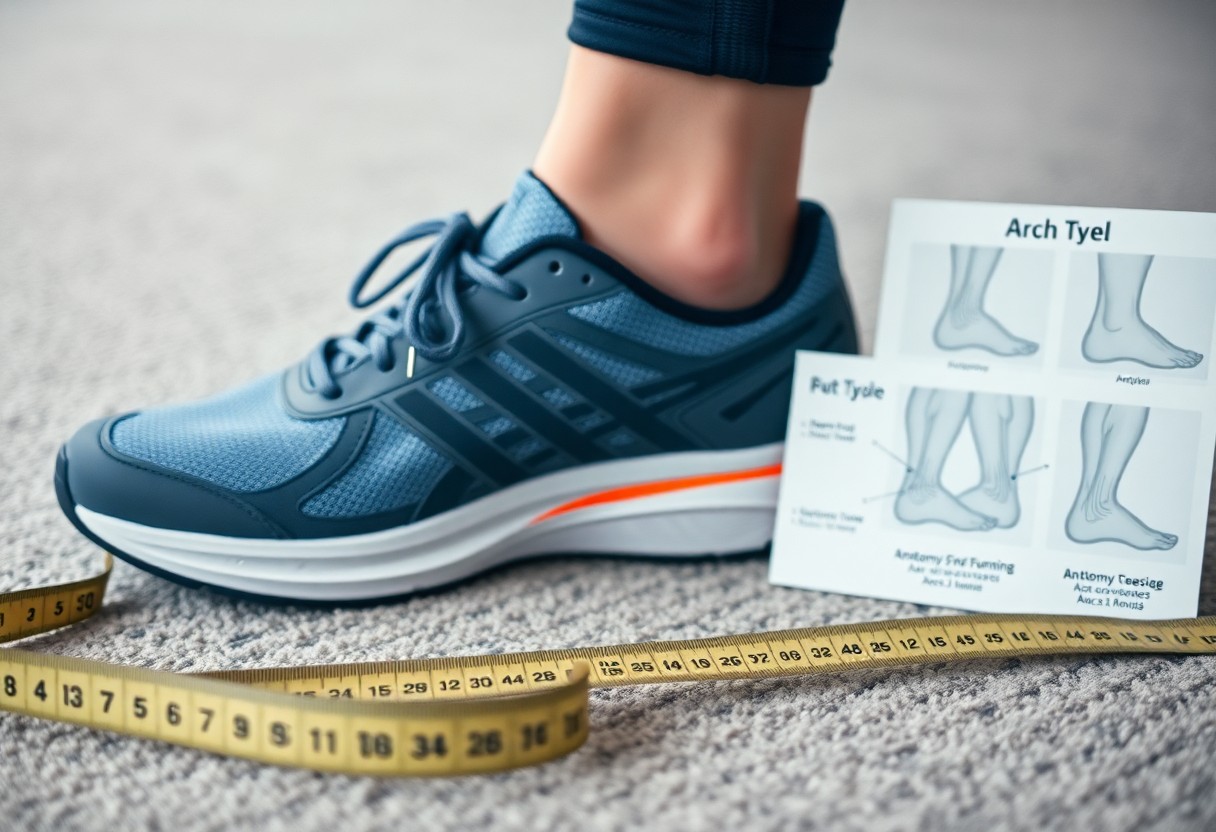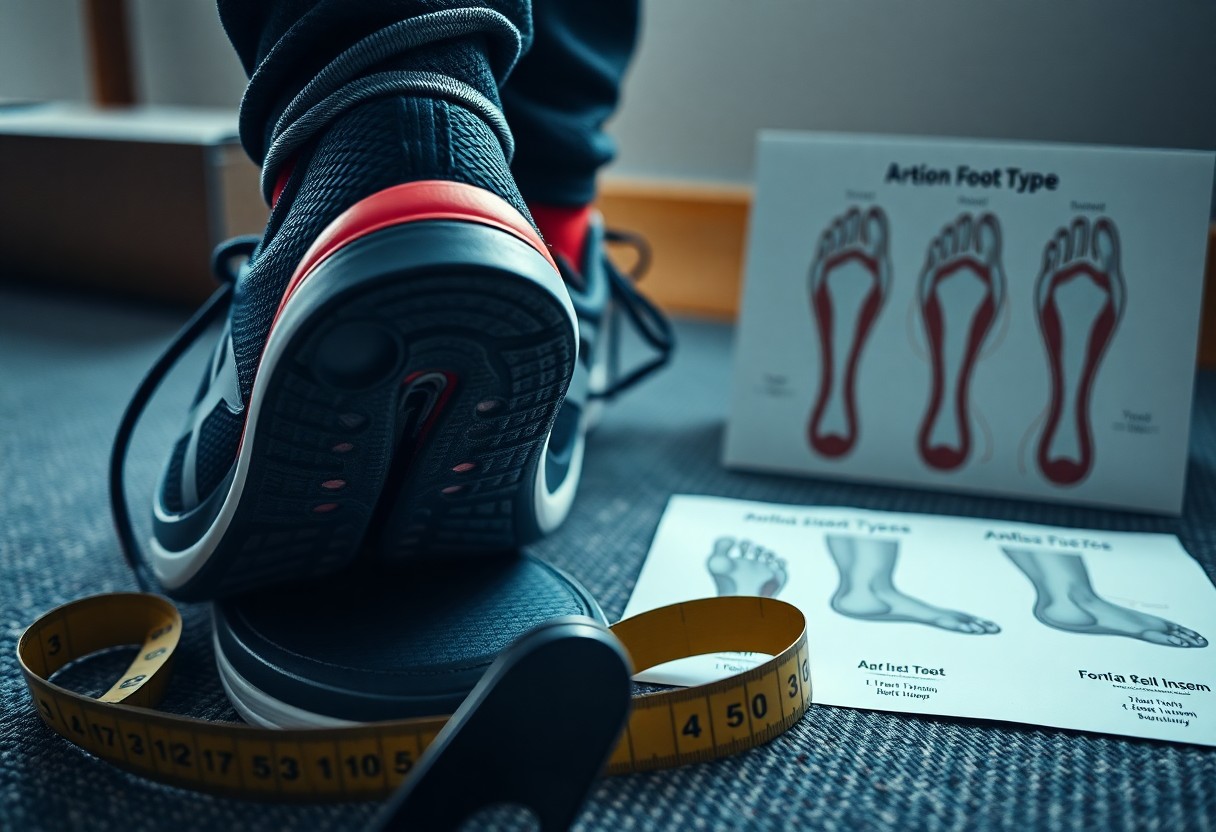Supporting your feet in a healthy manner doesn’t solely rely on adding arch support to your footwear. It’s surprising to realize that most people do not actually need arch support in their shoes. Research indicates that avoiding artificial arch support can strengthen the muscles in your feet. Prolonged dependence on such supports may cause muscle atrophy, leading to weakened foot structures. The human foot is naturally designed with arches that flex and adjust to various terrains, and restricting this natural function with rigid supports could negatively impact your foot health in the long run. This detailed article will explore the science behind arch support, empowering you to make knowledgeable choices regarding your foot well-being.

Uncovering the Historical Development of Arch Support in Footwear
The natural support system of your feet has played a crucial role in the evolution of footwear design throughout history. The concept of arch support became prominent in the 1920s when Dr. William Scholl introduced commercial orthotics. Before this innovation, individuals relied on the innate strength and flexibility of their feet for support. Understanding this historical context is essential as it illustrates how our perception of foot health has transformed over the years.
Tracing the Development of Footwear Practices Through Time
The history of footwear reveals that many ancient cultures primarily used simple, flat sandals or often went barefoot. These practices facilitated the natural development and strength of foot structures. Our ancestors maintained strong, flexible feet without the need for artificial supports, a fact corroborated by studies on indigenous groups who continue to follow traditional footwear customs. This historical perspective reinforces the importance of the natural mechanics of the foot in sustaining overall foot health.
Analyzing Modern Standards in Shoe Manufacturing
By the mid-20th century, particularly during the 1950s, shoe manufacturers began to standardize arch support in footwear. Today, the majority of modern shoes come equipped with structured arch support, a feature that has become common despite the lack of scientific evidence supporting its necessity for everyone. This trend mirrors shifting consumer expectations and industry practices, but it also brings forth critical discussions about how such designs might affect overall foot health.
Currently, arch support is so widespread that 70% of modern shoes include this feature. However, research in the Journal of Foot and Ankle Research indicates that excessive reliance on arch support may lead to muscle weakness in the feet. As a result, many podiatrists now recommend engaging in regular barefoot walking and using minimally supportive footwear to maintain natural strength in the feet.

Gaining Insight into the Complex Structure of Feet
Your feet consist of 26 bones, 33 joints, and over 100 muscles, functioning most effectively when given the freedom to move. The arch of your foot is a self-supporting structure that gains strength through consistent use, becoming weaker if subjected to artificial support. Studies show that 75% of individuals wearing traditional shoes with arch support exhibit reduced foot muscle activity, which can result in diminished strength of the feet over time.
Understanding the Mechanics of Natural Foot Function
The design of your foot is a remarkable feat of biology, equipped with a complex system of self-support. Walking barefoot or in minimalistic footwear allows your feet to experience a complete range of motion, which encourages your arches to flex and grow stronger naturally. Research indicates that people who frequently walk barefoot or choose minimal shoes develop more robust foot muscles and stable arches compared to those who depend on supportive footwear. This highlights the critical role of natural movement in maintaining foot health.
Promoting Muscle Development and Functionality
Any disruption to your foot’s natural motion can impede its development. Your foot muscles need regular activity through natural movements to uphold their strength. Findings published in Nature suggest that wearing shoes without arch support contributes to the enhancement of intrinsic foot muscles. This connection illustrates the importance of allowing natural movement for optimal foot health.
Moreover, it’s vital to acknowledge the effects of using shoes with built-in arch support. When these shoes are worn consistently, foot muscles may become less engaged, leading to potential weakness over time. Research has shown that transitioning to minimal footwear can yield a significant boost in foot muscle strength—up to 60% in just eight weeks. However, it’s essential to make this transition carefully, particularly if you have existing foot conditions, to prevent injury.
Investigating Research and Evidence on Foot Health
If you are keen to understand the science behind arch support, numerous studies indicate that your feet can gain strength without artificial support. Various investigations have demonstrated that natural movement enhances muscle development and stabilizes arches, emphasizing the critical role of biomechanics in maintaining foot health.
Examining Key Scientific Findings on Arch Support
One of the most significant research outcomes is a study published in Nature, which reveals that individuals who wear minimal footwear develop foot muscles that are 50% stronger compared to those who wear traditional supportive shoes. This evidence reinforces the idea that regular movement and exercise are essential for maintaining the arches of your feet naturally.
Comparative Evaluation of Footwear Choices Among Different Populations
Contrasting Users of Traditional and Minimal Footwear
| Traditional Shoe Users | Minimal Shoe Users |
| Exhibit higher rates of flat feet | Demonstrate superior arch strength |
| Show weaker foot muscles | Exhibit stronger foot muscles |
An in-depth analysis of various populations indicates notable differences in foot health. Your foot structure can adapt remarkably based on the types of footwear you choose to wear.
Insights from Population Studies Worldwide
| Developed Nations | Barefoot Societies |
| 20% occurrence of flat feet | 3% occurrence of flat feet |
| Higher reliance on arch support | Natural arch strength |

Understanding the Dilemma of Support in Footwear
Challenging common misconceptions, overdependence on arch support in shoes can undermine the natural strength of your feet. The human foot is intricately designed, featuring a complex array of muscles, tendons, and ligaments that work together to provide natural support. When artificial arch support takes over this role, your foot muscles may become less active, leading to gradual weakening.
Investigating the Cycle of Dependency on Arch Support
The continuous use of arch support establishes a harmful cycle. Feet can become reliant on external support, resulting in muscle atrophy. Research indicates that 70% of individuals who regularly use arch support report increased discomfort when walking without their supportive shoes, which highlights the development of this dependency.
Linking Muscle Weakness to Arch Support Usage
Wearing shoes with built-in arch support may weaken your intrinsic foot muscles by as much as 50%, according to findings in Nature. This weakening compromises your feet’s natural arch support system, potentially leading to conditions like flat feet and other related foot issues. It’s important to note that this muscle weakness can extend beyond your feet, as weakened foot muscles can negatively affect your overall posture and balance. Studies show that individuals who shift to minimal footwear often experience a 60% increase in foot muscle strength within a span of six months.
Discovering Natural Solutions for Enhanced Foot Health
For those seeking alternatives to traditional arch support, various natural options can help strengthen your feet. These methods emphasize allowing your feet to function as they were intended, promoting the development of stronger foot muscles and more stable arches through natural movement.
Adopting Minimalist Footwear for Enhanced Natural Movement
Minimalist shoes, featuring zero drop soles, wide toe boxes, and flexible materials, encourage natural foot movement. These designs allow your feet to perform unrestricted, aiding in the maintenance of proper foot mechanics and promoting natural arch strength. Research indicates that regular use of minimal footwear can boost foot muscle strength by up to 60% through everyday activities.
Guidelines for Safely Transitioning to Minimal Footwear
When considering a transition to minimalist footwear, it’s vital to take a careful and gradual approach to ensure your comfort and safety. Begin by wearing minimal shoes for brief periods, gradually extending the duration over several weeks. This method aids in preventing overuse injuries as your feet adjust to their newfound freedom, facilitating a smoother transition.
A successful transition should ideally include specific foot-strengthening exercises. Start with 10-15 minutes daily in minimal shoes, increasing by an additional 5-10 minutes each week. Incorporate exercises such as toe spreads and short barefoot walks on safe surfaces. This incremental strategy helps reduce the risk of common transition injuries while effectively enhancing your natural arch strength.
Considering Medical Factors for Optimal Foot Health
It’s essential to recognize that your foot health requires individualized attention. While natural foot movement can enhance muscle strength, some medical conditions may necessitate specific support. Factors such as your foot structure, activity level, and any pre-existing conditions will influence your ideal footwear needs.
Determining When Arch Support Is Essential
Contrary to popular belief, arch support is not a blanket necessity. However, people with acute injuries, severe flat feet, or certain medical conditions may benefit from temporary or permanent arch support. Research suggests that only 10-20% of the population genuinely requires specialized arch support for medical reasons, underscoring the importance of personalized evaluations.
Framework for Professional Foot Health Evaluations
To ensure informed decisions about your footwear, consulting a foot health professional is advisable. Comprehensive evaluations should include gait analysis, foot structure assessment, and medical history review. These components are crucial for determining whether you require arch support or if transitioning to minimal footwear is a feasible option.
Guidance from a qualified professional can provide clarity and direction in your foot health journey. A thorough assessment should encompass measuring arch flexibility, evaluating muscle strength, and analyzing walking patterns. Additionally, your healthcare provider should consider your daily activities and any previous foot injuries to devise an effective, tailored treatment plan.
Evaluating Footwear Choices for Enhanced Foot Health
Your selection of footwear plays a significant role in your overall foot health. You are now more aware that arch support isn’t vital for the majority of individuals and can actually lead to muscle weakness over time. Your feet possess inherent strength and flexibility, functioning best when allowed to move as nature intended. If you are contemplating a switch to minimal footwear, beginning this process gradually is crucial for successful adaptation. The evidence strongly indicates that permitting your feet to operate without artificial support can foster stronger muscles and improved foot health for most people. Always take your personal needs into account and consult a foot health professional for tailored concerns.
Your Questions Answered: Arch Support Insights
Do healthy feet genuinely require arch support in shoes?
Generally, healthy feet do not need arch support in shoes. Studies suggest that natural foot strength develops more effectively without artificial interventions. The muscles and arches of the foot function optimally when allowed to operate in a natural manner. This is consistent with research on populations that frequently walk barefoot or utilize minimal footwear, which demonstrate stronger foot muscles and fewer arch-related complications.
Can consistent use of arch support weaken feet over time?
Yes, prolonged dependence on arch support can lead to weakened foot muscles. When artificial support fulfills the role of foot muscles, those muscles become less active and gradually weaken. This can create a cycle of dependency. Research published in Nature reveals that individuals who consistently wear conventional shoes with arch support often experience reduced foot muscle strength compared to those who choose minimal footwear.
Who genuinely needs arch support in their shoes?
Certain individuals with specific foot conditions, injuries, or medical issues may genuinely benefit from arch support. This includes those diagnosed with flat feet, specific foot injuries, or structural abnormalities. However, these cases should be evaluated by a foot health professional who can create an appropriate treatment plan. The goal should be to restore natural foot function whenever possible rather than relying on permanent supports.
The Article Arch Support: Essential Facts About Shoe Necessities Was Found On https://limitsofstrategy.com





Comments are closed